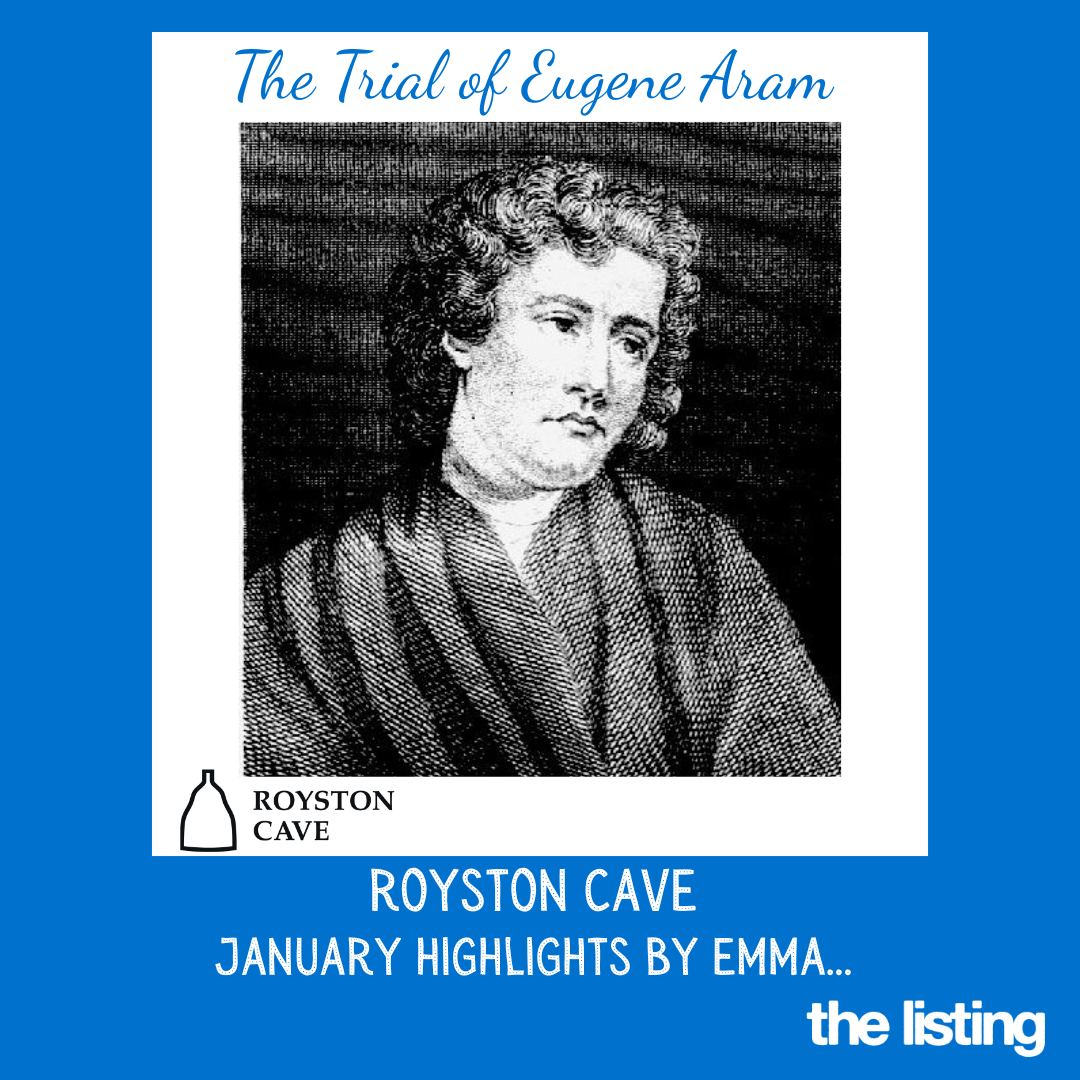 One of the largest and most prominent carvings in Royston Cave is a figure thought to represent St Christopher, which stands directly below the entrance shaft on the northern side of the cave.
One of the largest and most prominent carvings in Royston Cave is a figure thought to represent St Christopher, which stands directly below the entrance shaft on the northern side of the cave.
St Christopher began life as a man called Reprobus, who was born in Canaan, in the Middle East, and is said to have been 7.5 feet tall. Reprobus became a hermit and chose to serve God by offering to work at a river and helping travellers to cross it.
One day, a child approached the river and asked Reprobus to help him cross it. During the crossing, the river started to rise, and the child became so heavy that Reprobus struggled to carry him. When they finally reached the other side, Reprobus exclaimed that the child seemed to weigh as heavy as the whole world, to which the child revealed himself as Christ.
Reprobus was renamed Christopher, meaning Christ-bearer, and preached the word of God, converting thousands of people to Christianity.
St Christopher gained popularity in the 7th century. Churches and monasteries were named after him and, in English churches, St Christopher is depicted more than any other except the Virgin Mary. He is the patron saint of travellers, floods, lightning, gardeners, storms and toothache, and his feast day is held on the 25th July each year.
Some historians believe that Royston Cave was a wayside hermitage, a place for a hermit to live and guide travellers through Royston’s crossroad, which may explain St Christopher’s prominent position by the entrance shaft.
Many have suggested that the cave was originally a pagan site that was successfully Christianised by adapting and changing its carvings into the saints we see today. If this were the case, the carving of St Christopher may have originally been the Greek god Hermes. Whoever the carving may represent, join us on St Christopher feast day for a special mid-week tour on Thursday 25th July.
For more details about these events booking tickets and more visit: www.roystoncave.co.uk













